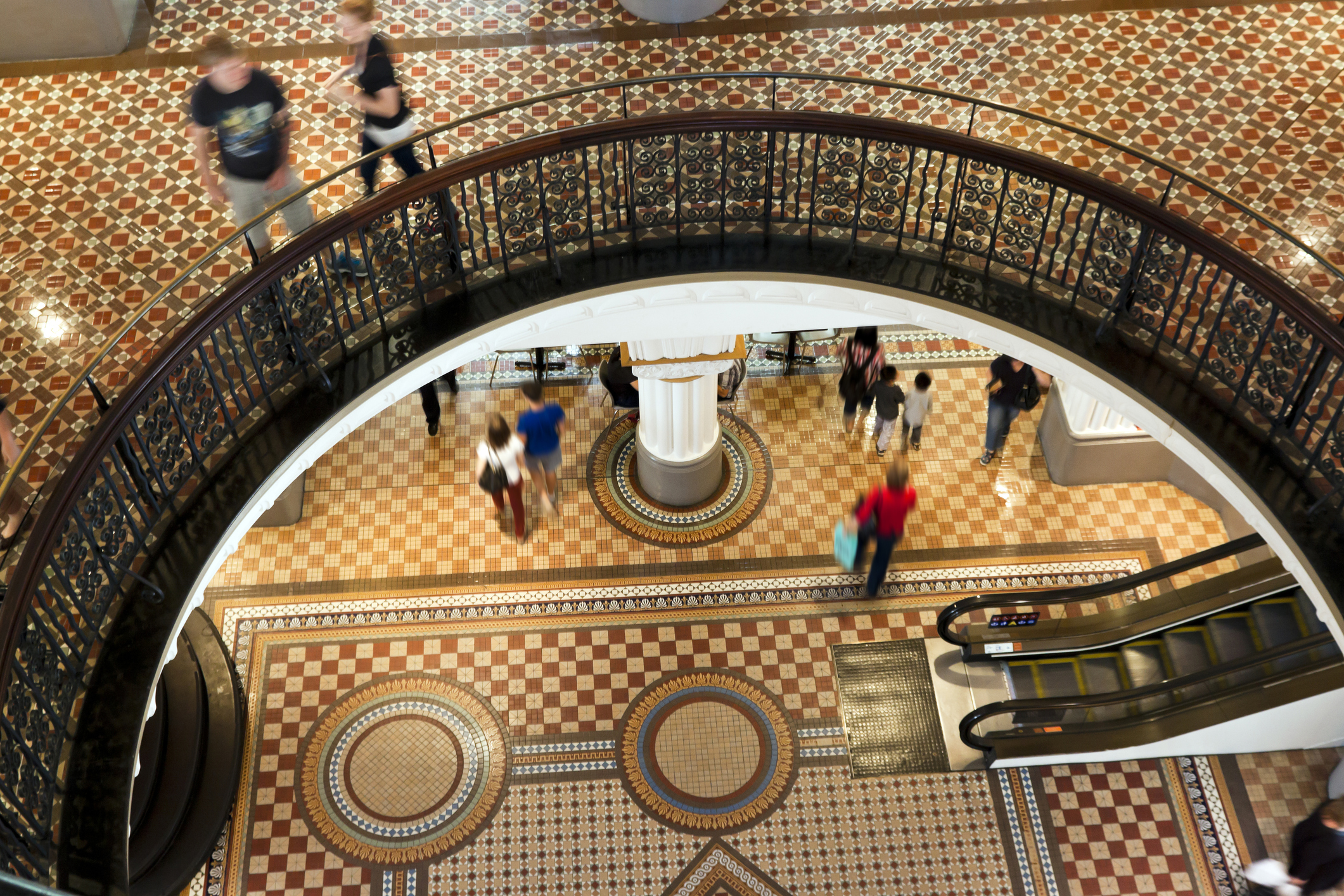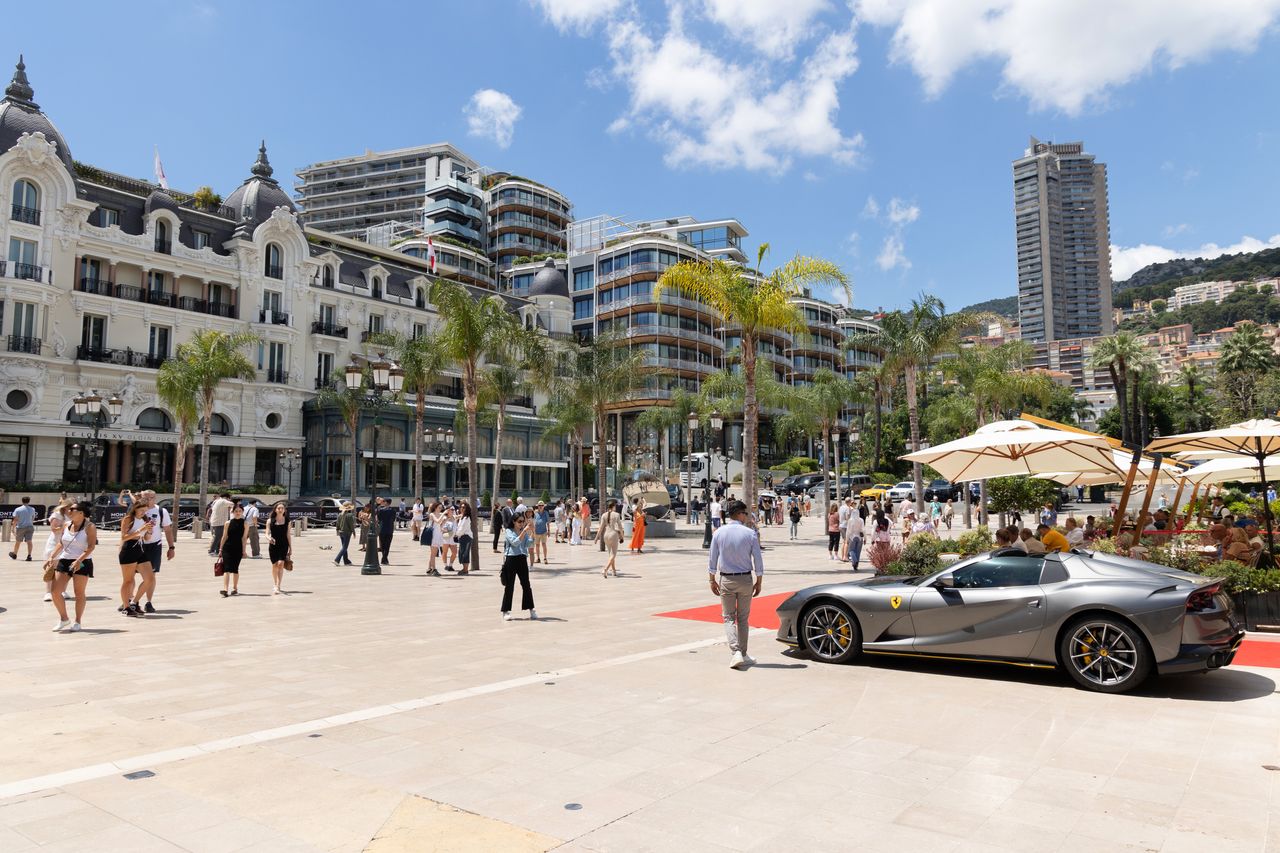More Homeowners Using Helocs as Financial Safety Net
Home-equity lines of credit were up 40% in the second quarter from a year earlier. Here’s what homeowners should know before taking out Helocs.
As high interest rates drive up the cost of borrowing money, more people are tapping the equity in their homes.
Americans took out $66 billion in home-equity lines of credit, or Helocs, in the second quarter, a 40% increase from a year ago and the largest amount in almost three years, according to data from real-estate analytics firm Attom Data Solutions. These accounts, which allow homeowners to borrow against the value of their house, are making a comeback as higher rates make it less favourable to refinance a mortgage.
A Heloc works like a credit card, but since it is backed by your property generally offers a much more favourable interest rate. The average Heloc rate is 7.7%, according to Bankrate.com, compared with the average 19.04% APR on a credit card and 10.64% average personal loan rate. Owners get a credit line based on their home equity, but don’t have to use all or even any of available funds.
Financial planners say the ready access to money Helocs provide can be particularly appealing during a time of economic uncertainty—as long as borrowers refrain from treating their home as an ATM. Lenders tend to tighten credit standards during a downturn so it may be wise to apply for a Heloc now if you’re worried about needing the funds later, they said.
“Clients are saying they want a safety net as credit-card bills rise along with unemployment fears,” said Ryan Leahy, regional president and senior loan officer at HomeTown Lenders of Texas.
While Helocs can provide that financial safety net, homeowners have to understand what they are getting into. Those who fail to repay the Heloc could risk losing their home. A Heloc is different from a home-equity loan, which typically has a fixed rate and gives borrowers a lump sum upfront.
While demand for Helocs is increasing, some banks are choosing not to offer them due to the risks, said Rick Sharga, executive vice president of market intelligence at Attom. Instead, borrowers often turn to credit unions and community banks to get Helocs, he said. Big banks such as Wells Fargo and JPMorgan Chase & Co. haven’t resumed issuing new Helocs after halting them during the pandemic. A Citibank spokesman said the bank temporarily suspended Helocs, but plans to offer them again next year. Bank of America continues to offer Helocs, according to the company.
Here’s a rundown of how the accounts work and what financial advisers say are the best ways to use them.
How Helocs work
To be eligible for a Heloc, your home’s current value usually needs to be at least 15% higher than the amount you owe on the mortgage, said Kate Wood, a home and mortgage specialist at NerdWallet. Each lender may have slightly different terms and requirements, she said.
The maximum size of a Heloc is usually a fraction of homeowner’s equity. For a home valued at $400,000, with $250,000 still owed on the mortgage, a borrower might be able to get a Heloc for about $90,000, Ms. Wood said.
The interest rates on Helocs are typically variable, meaning they will fluctuate as interest raises change more broadly. Other factors go into the rate, including your credit score, debt-to-income ratio and the amount you are seeking to borrow, Ms. Wood said.
Heloc applications also come with certain fees, which vary by lender, and may include the cost of a home appraisal and title search, along with other expenses that can add up to between 2% and 5% of the total credit line, Ms. Wood said.
Interest paid on a Heloc can be tax deductible, but only if you use the Heloc to pay for home renovations and improvements, said Jacob Channel, senior economist at LendingTree.
You can only deduct interest on up to $750,000 of residential debt—this limit will take into account both how much you owe on a Heloc as well as other types of residence loans like a mortgage, he said.
Helocs for home improvements
One of the most common uses for Helocs is to fund home-improvement projects, which have the added benefit of potentially increasing your home’s value. With home prices and mortgage rates both high, many Americans are choosing to renovate rather than relocate, said Dan Butts, a mortgage banker in Charleston, S.C.
Xin Li, who lives in San Francisco, recently used a Heloc to fund a $120,000 kitchen remodel. She is debating whether to move forward with the renovation now or if she should wait to start withdrawing funds from the Heloc until home furnishing and labor prices fall.
Mr. Butts advises clients to only carry a Heloc balance for a short term, typically around 18 to 24 months, due to the product’s variable interest rate.
At the end of third quarter, the average U.S. homeowner had $196,000 in tappable equity, down 9.6% from the second quarter but still up about 10% from the same time last year, according to mortgage technology and data firm Black Knight Inc.
When Helocs may not be the best option
Jason Blumstein, a financial planner in Englewood, N.J., warns clients against taking out Helocs for large non-discretionary pure expenses such as a vacation or a wedding. These expenses, while they may provide a short-term emotional high, don’t provide a financial return the way a home improvement might, he said.
Taking out home equity to fund investments can be risky
Many people use Helocs for funds to start a business, for a down payment on another property or to put into stocks. But financial advisers warn that such investments can be risky.
In recent years, some aggressive investors would take out a Heloc balance at a low rate and invest the proceeds in anticipation of a higher return in the market. This arbitrage is no longer an optimal strategy with Heloc rates more than double what they were a year ago and increased market volatility, said Jordan Slingo, a financial planner in Athens, Ga.
Don’t use a Heloc to invest in the stock market dip, Leibel Sternbach, a financial adviser in Melville, N.Y., is telling more clients lately.
“Not only will you lose most of your profits to loan fees and interest payments but you’ll be taking on excessive risk,” he said.
 Copyright 2020, Dow Jones & Company, Inc. All Rights Reserved Worldwide. LEARN MORE
Copyright 2020, Dow Jones & Company, Inc. All Rights Reserved Worldwide. LEARN MORE
This stylish family home combines a classic palette and finishes with a flexible floorplan
Just 55 minutes from Sydney, make this your creative getaway located in the majestic Hawkesbury region.
As Paris makes its final preparations for the Olympic games, its residents are busy with their own—packing their suitcases, confirming their reservations, and getting out of town.
Worried about the hordes of crowds and overall chaos the Olympics could bring, Parisians are fleeing the city in droves and inundating resort cities around the country. Hotels and holiday rentals in some of France’s most popular vacation destinations—from the French Riviera in the south to the beaches of Normandy in the north—say they are expecting massive crowds this year in advance of the Olympics. The games will run from July 26-Aug. 1.
“It’s already a major holiday season for us, and beyond that, we have the Olympics,” says Stéphane Personeni, general manager of the Lily of the Valley hotel in Saint Tropez. “People began booking early this year.”
Personeni’s hotel typically has no issues filling its rooms each summer—by May of each year, the luxury hotel typically finds itself completely booked out for the months of July and August. But this year, the 53-room hotel began filling up for summer reservations in February.
“We told our regular guests that everything—hotels, apartments, villas—are going to be hard to find this summer,” Personeni says. His neighbours around Saint Tropez say they’re similarly booked up.
As of March, the online marketplace Gens de Confiance (“Trusted People”), saw a 50% increase in reservations from Parisians seeking vacation rentals outside the capital during the Olympics.
Already, August is a popular vacation time for the French. With a minimum of five weeks of vacation mandated by law, many decide to take the entire month off, renting out villas in beachside destinations for longer periods.
But beyond the typical August travel, the Olympics are having a real impact, says Bertille Marchal, a spokesperson for Gens de Confiance.
“We’ve seen nearly three times more reservations for the dates of the Olympics than the following two weeks,” Marchal says. “The increase is definitely linked to the Olympic Games.”

Getty Images
According to the site, the most sought-out vacation destinations are Morbihan and Loire-Atlantique, a seaside region in the northwest; le Var, a coastal area within the southeast of France along the Côte d’Azur; and the island of Corsica in the Mediterranean.
Meanwhile, the Olympics haven’t necessarily been a boon to foreign tourism in the country. Many tourists who might have otherwise come to France are avoiding it this year in favour of other European capitals. In Paris, demand for stays at high-end hotels has collapsed, with bookings down 50% in July compared to last year, according to UMIH Prestige, which represents hotels charging at least €800 ($865) a night for rooms.
Earlier this year, high-end restaurants and concierges said the Olympics might even be an opportunity to score a hard-get-seat at the city’s fine dining.
In the Occitanie region in southwest France, the overall number of reservations this summer hasn’t changed much from last year, says Vincent Gare, president of the regional tourism committee there.
“But looking further at the numbers, we do see an increase in the clientele coming from the Paris region,” Gare told Le Figaro, noting that the increase in reservations has fallen directly on the dates of the Olympic games.
Michel Barré, a retiree living in Paris’s Le Marais neighbourhood, is one of those opting for the beach rather than the opening ceremony. In January, he booked a stay in Normandy for two weeks.
“Even though it’s a major European capital, Paris is still a small city—it’s a massive effort to host all of these events,” Barré says. “The Olympics are going to be a mess.”
More than anything, he just wants some calm after an event-filled summer in Paris, which just before the Olympics experienced the drama of a snap election called by Macron.
“It’s been a hectic summer here,” he says.

AFP via Getty Images
Parisians—Barré included—feel that the city, by over-catering to its tourists, is driving out many residents.
Parts of the Seine—usually one of the most popular summertime hangout spots —have been closed off for weeks as the city installs bleachers and Olympics signage. In certain neighbourhoods, residents will need to scan a QR code with police to access their own apartments. And from the Olympics to Sept. 8, Paris is nearly doubling the price of transit tickets from €2.15 to €4 per ride.
The city’s clear willingness to capitalise on its tourists has motivated some residents to do the same. In March, the number of active Airbnb listings in Paris reached an all-time high as hosts rushed to list their apartments. Listings grew 40% from the same time last year, according to the company.
With their regular clients taking off, Parisian restaurants and merchants are complaining that business is down.
“Are there any Parisians left in Paris?” Alaine Fontaine, president of the restaurant industry association, told the radio station Franceinfo on Sunday. “For the last three weeks, there haven’t been any here.”
Still, for all the talk of those leaving, there are plenty who have decided to stick around.
Jay Swanson, an American expat and YouTuber, can’t imagine leaving during the Olympics—he secured his tickets to see ping pong and volleyball last year. He’s also less concerned about the crowds and road closures than others, having just put together a series of videos explaining how to navigate Paris during the games.
“It’s been 100 years since the Games came to Paris; when else will we get a chance to host the world like this?” Swanson says. “So many Parisians are leaving and tourism is down, so not only will it be quiet but the only people left will be here for a party.”
This stylish family home combines a classic palette and finishes with a flexible floorplan
Just 55 minutes from Sydney, make this your creative getaway located in the majestic Hawkesbury region.






















